Please be sure to read our previous blog post about Baseline Soil Testing before you continue. That post talks about how and why we did the testing.
Remember, healthy soil holds far more water than dirt and can provide all the food plants need so you don't have to apply fertilizers or pesticides.
As you can see from the results, most of the tested nutrients fell within "optimal levels." The majority of variables were measured in PPM (parts per million). The reports were fairly comparable and showed some consistency, for example, the Ph tests found amounts of 6.2, 6.4 and 6.7, relatively low variation. Conversely, there were a small amount of variables that had extremely high variably, for example, Maganese, measured at 10.3, 54 and 12.08, all apparently measured in PPM, the 54 number from Logan Labs is nowhere near the others.
The point of these tests is NOT to use the results as a gauge to adjust our soil, but to serve as a baseline as we build soil biology. Adding more of this or that nutrient is pointless as virtually all soil on the planet contains the nutrients to support healthy plants. The problem is they are often in a form not available to plants but are locked up in dead soil. To make the nutrients available to plants we need to create soil that is alive with bacteria, fungi and other beneficial life - that can deliver nutrients to plants. We will go much further into this in future blogs.
The two numbers out of these tests that we are focusing on are pH and organic matter percentage. We are very happy to hear our pH is about 6.4. This means our soil is of an ideal pH to grow both annual (bacterial dominant) and perennial (fungal dominant) plants. Being slightly on the acidic side means we have a little more ammonium than nitrate, boosting the fungal content of the soil which will provide more food for perennial plants, the type we are focusing on for the education and demonstration site. A diverse array of perennial plants can provide food year-round, perennial roots go deeper than annual so they are better able to reach water and nutrients while also building soil structure, and, they only need to be planted once. We still want some annuals though, the key is to get them self seeding so you don't spend time sowing seeds each year or at least use seeds that are easy to sow, just toss em out! Our organic matter is at about 3%, something we want to boost a lot! Probably want to shoot for at least 20%.
Remember, the key to all this is building healthy soil that is alive and diverse with beneficial life!
Resources
To learn a lot more about soil biology from our favorite soil scientist, Elaine Ingham, visit her site at
http://www.soilfoodweb.com/
Also, Matt Powers has been working with Elaine as well as doing lots of his own amazing work with Permaculture. Visit his site at
http://www.thepermaculturestudent.com/
Please like our Facebook page to be notified when new blog posts come out.
Link to our page https://www.facebook.com/Permasystems/
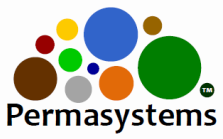
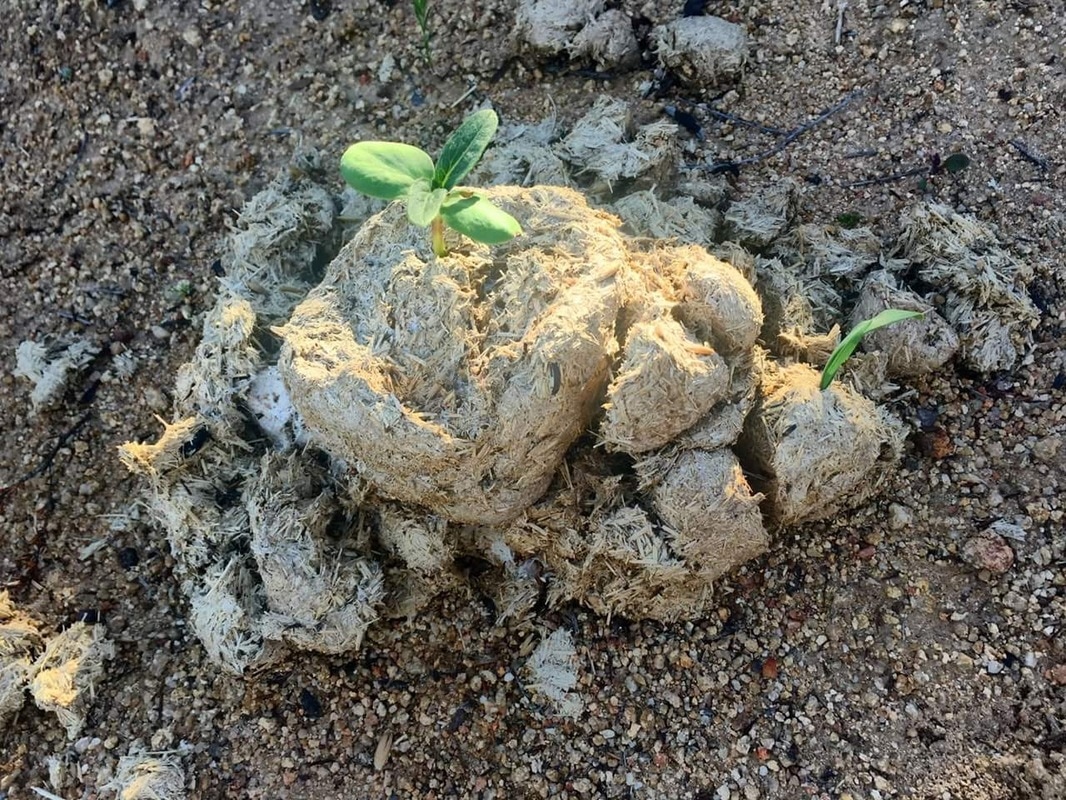
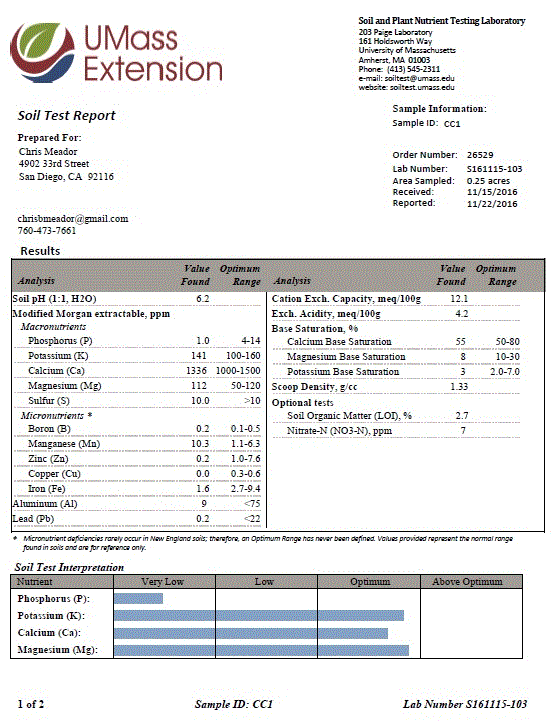
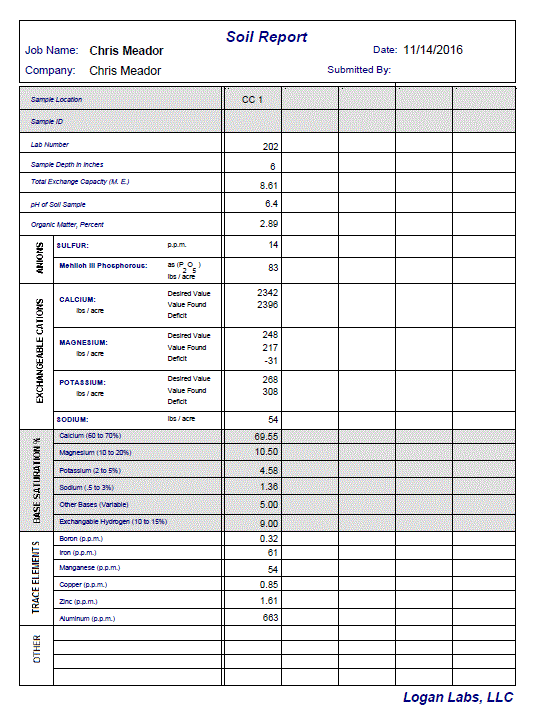
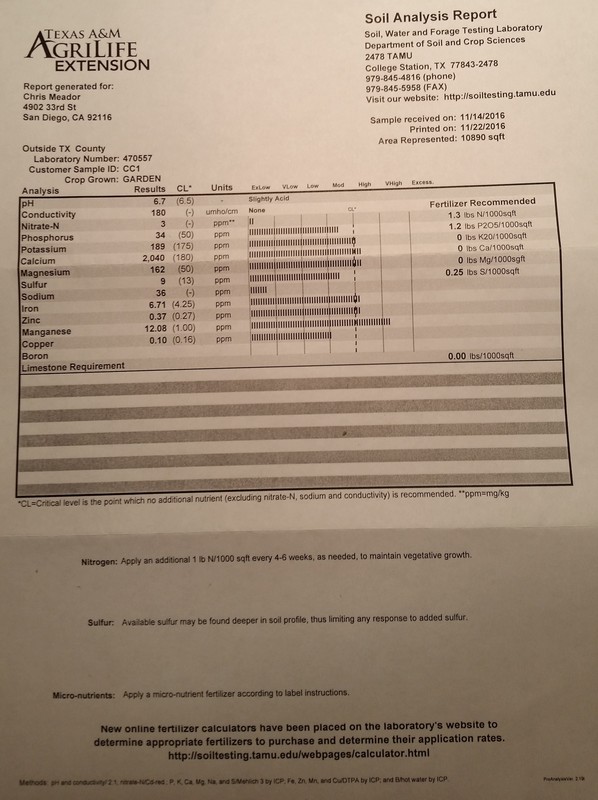
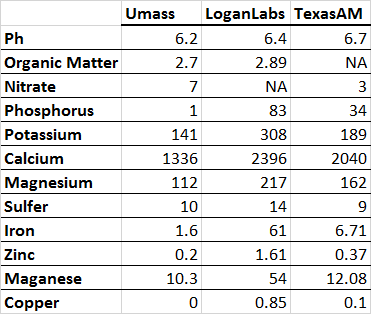
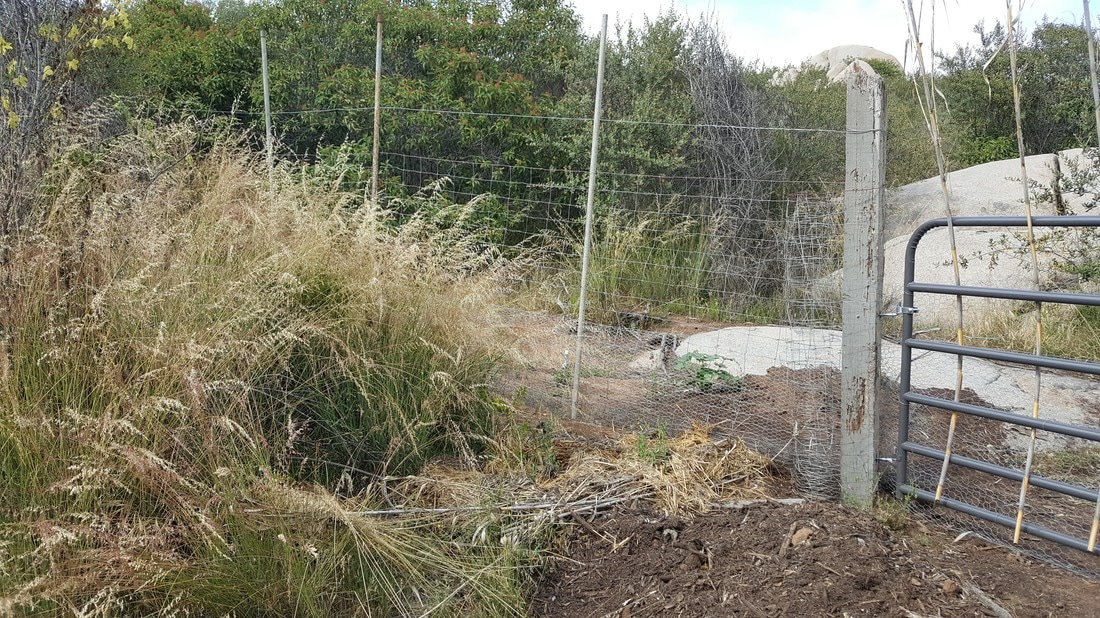
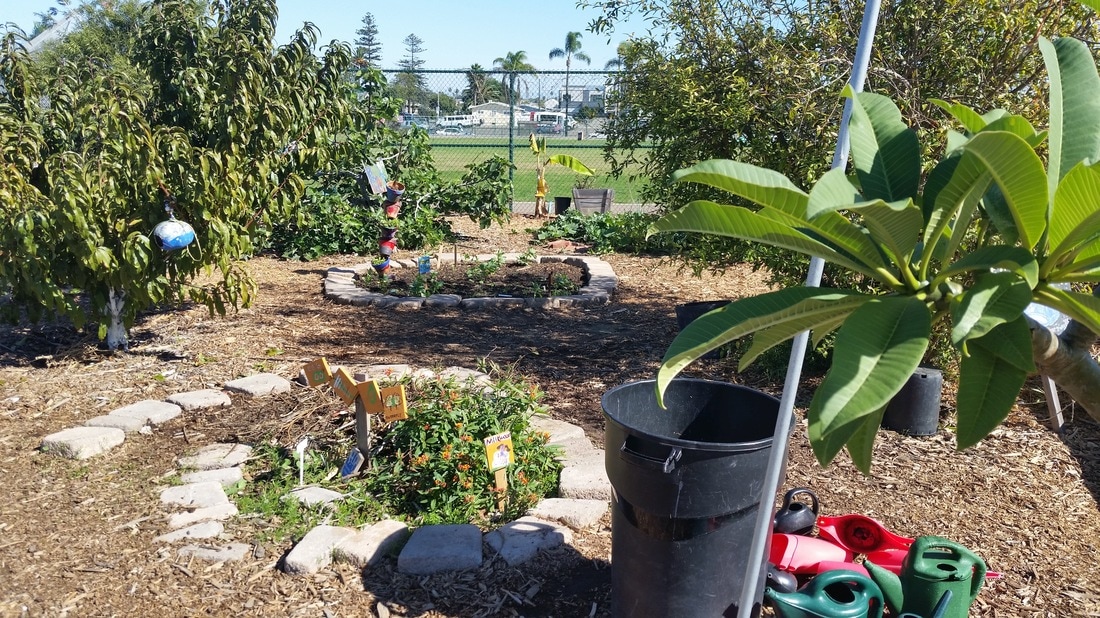
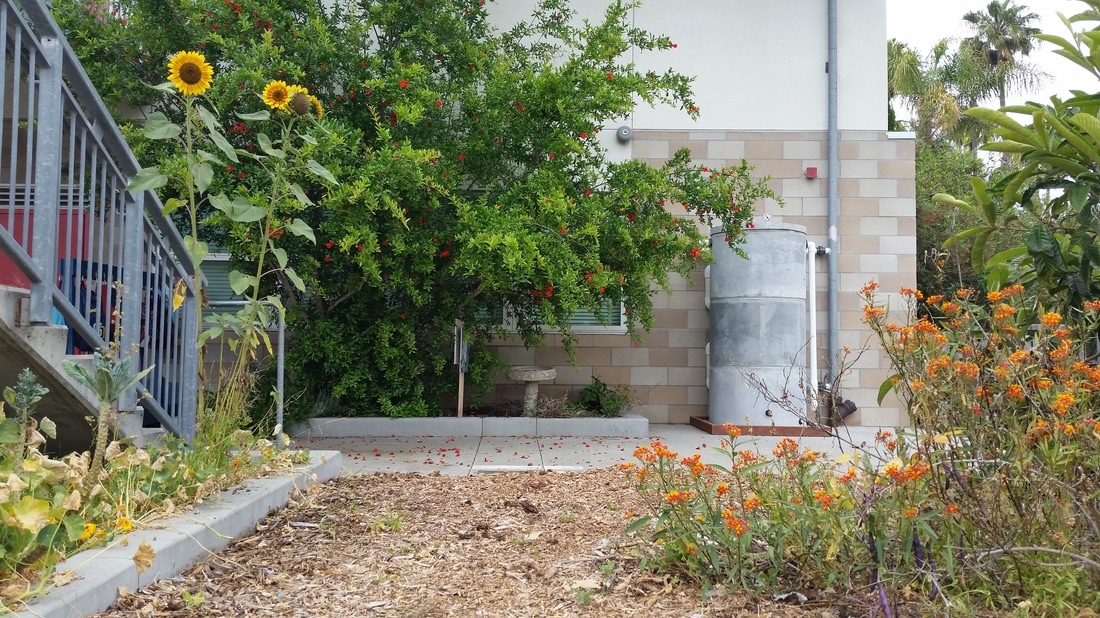
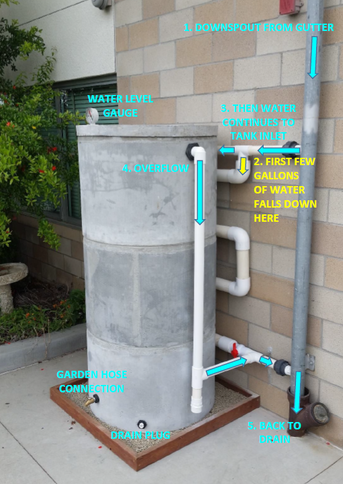

 RSS Feed
RSS Feed